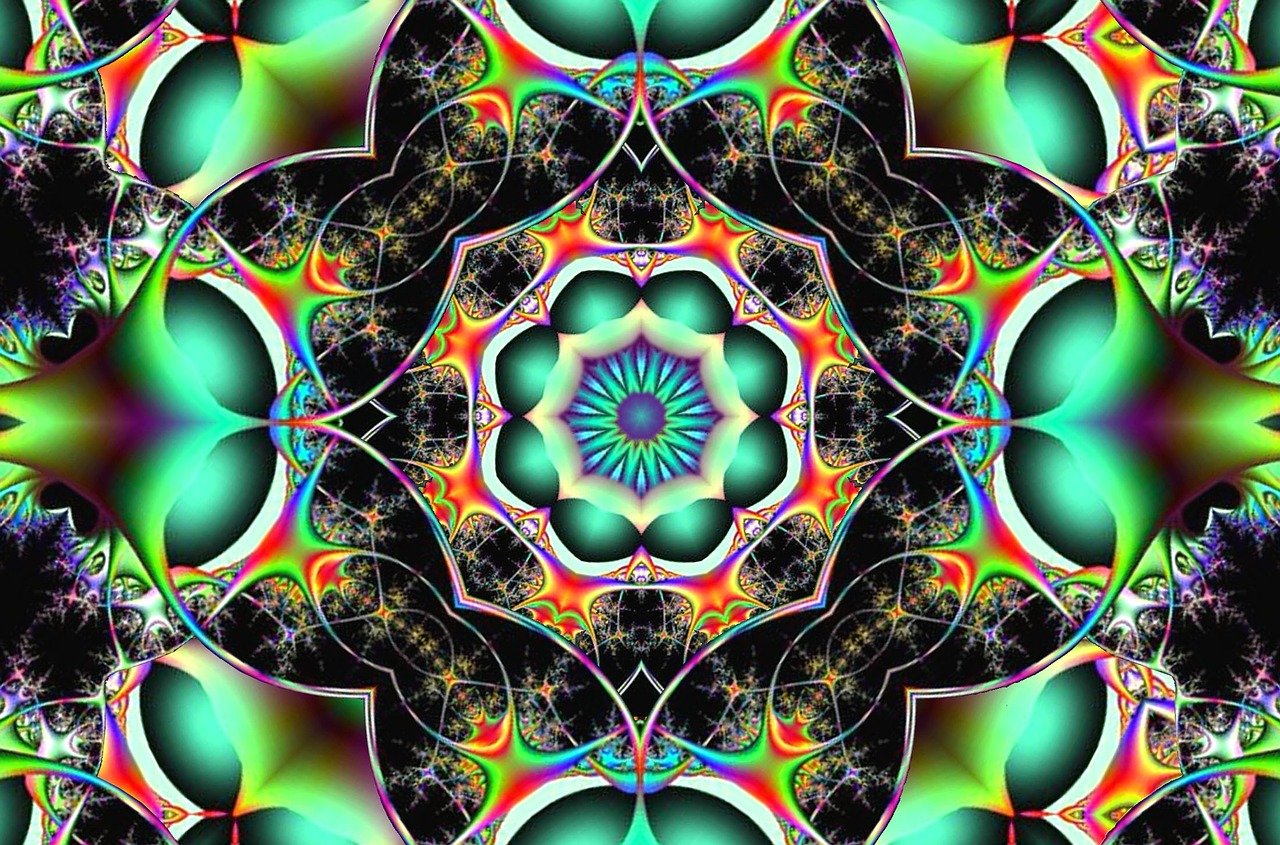The Ndebele Ndebele: Southern African Art and Symbolism

Hey there, amazing readers! 🖐️ Just a quick note: yes, we know there are a lot of ads here. Trust us, we get it—it’s not the prettiest look, but they help us keep this blog alive and kicking. Those pesky little ads cover the costs of all the behind-the-scenes magic, from hosting and tech stuff to creating content we hope you’ll love.
We’re committed to delivering quality posts, and your support (even just sticking around despite the ads) means everything to us. So, bear with us, and thanks for helping us keep the good vibes rolling. Now, on to the fun stuff! 😉
TRANSLATE BUTTON AT THE END OF THE ARTICLE
Introduction: The Ndebele Ndebele: Southern African Art and Symbolism
The Ndebele people of Southern Africa have a rich cultural heritage that is beautifully expressed through their unique art and symbolism.
Ndebele art is known for its vibrant colors, geometric patterns, and intricate beadwork, all of which hold deep cultural and symbolic meanings.
This art form serves as a visual language that not only showcases the creativity and craftsmanship of the Ndebele people but also provides a window into their culture, traditions, and social identity.
From traditional wall paintings to contemporary art forms, Ndebele art continues to evolve while preserving its rich heritage and encouraging dialogue about diversity and cultural exchange.
The Ndebele People: A Rich Cultural Heritage
The Ndebele people are a Bantu-speaking ethnic group primarily living in South Africa, Zimbabwe, and Botswana.
They have a long and storied history, with their origins dating back to the 16th century.
The Ndebele are known for their strong sense of cultural identity, which is deeply rooted in their language, customs, and art.
Traditional Ndebele society is structured around clans, with each clan having its own distinctive symbols and artwork.
This sense of communal identity is a source of pride for the Ndebele people and is reflected in their art forms.
Traditional Ndebele Art: A Unique Visual Language
Traditional Ndebele art is characterized by its bold geometric patterns, vibrant colors, and intricate designs.
This art form is primarily expressed through wall paintings, beadwork, and clothing.
Ndebele women have been the primary custodians of this art tradition, passing down their skills and knowledge from generation to generation.
The art serves both a decorative and symbolic purpose, with each pattern and design holding specific meaning within the Ndebele culture.
It is a visual language that communicates messages about identity, status, and social relationships.
Geometric Patterns: The Hallmark of Ndebele Art
Geometric patterns are the hallmark of Ndebele art and are an integral part of its visual language.
These patterns are created using straight lines, triangles, circles, and squares, arranged in a symmetrical and repetitive manner.
They are often painted on the exterior walls of houses, creating a vibrant and eye-catching display.
The geometric patterns serve as a form of communication, with different patterns representing different aspects of Ndebele culture and beliefs.
For example, zigzag patterns may symbolize protection, while diagonal lines can represent the transition from one stage of life to another.
The Use of Bold Colors: Significance and Symbolism
Bold and vibrant colors are another distinguishing feature of Ndebele art.
The Ndebele people use a wide range of colors, including bright reds, yellows, blues, and greens.
These colors are often combined in bold and contrasting combinations, creating a visually striking effect.
Each color holds its own significance and symbolism within Ndebele culture.
For instance, red may symbolize power and vitality, while blue can represent spirituality and protection.
The use of color in Ndebele art not only adds aesthetic appeal but also conveys deeper meanings and messages.
Ndebele Beadwork: Intricate Craftsmanship and Meaning
Beadwork is an integral part of Ndebele art and is admired for its intricate craftsmanship and beauty.
Ndebele women are renowned for their skill in creating intricate beadwork designs, which are often used to adorn clothing, jewelry, and ceremonial objects.
The beadwork incorporates a wide variety of colors and patterns, with each design carrying its own significance.
For example, a zigzag pattern might symbolize protection, while a spiral motif may represent the cyclical nature of life.
Beadwork not only enhances the aesthetic appeal of Ndebele art but also serves as a means of personal expression and cultural identity.
Symbolism in Ndebele Art: A Window into Culture
Symbolism plays a crucial role in Ndebele art, providing a deeper understanding of the culture, beliefs, and values of the Ndebele people.
Each pattern, color, and design element carries specific meanings that are understood within the cultural context.
For example, a series of parallel lines may represent the importance of unity and community, while a circle can symbolize wholeness and harmony.
By studying and interpreting the symbolism in Ndebele art, one can gain insights into the Ndebele culture, its history, and its worldview.
Ndebele Wall Paintings: Preserving Tradition and Identity
One of the most recognizable forms of Ndebele art is the tradition of wall paintings.
Ndebele women skillfully paint the exteriors of their homes with vibrant geometric patterns, transforming their dwellings into living artworks.
These wall paintings not only serve as a form of decoration but also play a significant role in preserving Ndebele tradition and cultural identity.
Each painting reflects the unique style and symbolism of the Ndebele clan to which the house belongs, reinforcing a sense of belonging and pride in the community.
The Role of Ndebele Art in Social Identity
Ndebele art plays a crucial role in shaping and expressing social identity within the Ndebele community.
The use of specific patterns, colors, and designs in artwork helps to distinguish different clans and social groups, reinforcing a sense of belonging and shared identity.
Artistic skills and knowledge are passed down through generations, strengthening social bonds and preserving cultural heritage.
Ndebele art also serves as a form of social communication, allowing individuals to express their status, aspirations, and personal stories within the community.
Ndebele Art in Modern Times: Continuity and Innovation
While Ndebele art has deep roots in tradition, it has also evolved and adapted to modern times.
In contemporary Ndebele art, artists continue to draw inspiration from traditional patterns and symbols but also incorporate new techniques and materials.
This fusion of tradition and innovation allows Ndebele art to stay relevant and vibrant in an ever-changing world.
Modern Ndebele artists are also expanding their artistic expressions beyond traditional mediums, experimenting with sculpture, printmaking, and digital art.
The Influence of Ndebele Art on Contemporary African Art
The unique and visually striking nature of Ndebele art has had a significant influence on contemporary African art.
Artists across the continent are inspired by the bold colors, geometric patterns, and symbolism found in Ndebele art.
This influence can be seen in various art forms, including painting, sculpture, fashion, and interior design.
Ndebele art has become a symbol of African cultural identity and a source of inspiration for artists seeking to celebrate their heritage and challenge stereotypes about African art.
Ndebele Art: Celebrating Diversity and Encouraging Dialogue
Ndebele art is more than just an expression of cultural identity; it is also a powerful tool for celebrating diversity and encouraging dialogue between different cultures.
The vibrancy and beauty of Ndebele art capture the attention and curiosity of people from all walks of life.
Through exhibitions, workshops, and cultural exchanges, Ndebele artists and communities have been able to share their rich cultural heritage with the world, fostering understanding, appreciation, and respect for diverse cultural traditions.
Conclusion
The Ndebele people of Southern Africa have a rich artistic tradition that is both visually stunning and deeply meaningful.
Ndebele art, with its bold colors, geometric patterns, and intricate beadwork, serves as a form of communication, preserving cultural heritage and providing insights into the Ndebele culture, beliefs, and social identity.
From traditional wall paintings to contemporary art forms, Ndebele art continues to evolve, inspiring artists across the African continent and beyond.
By celebrating diversity and encouraging dialogue, Ndebele art acts as a bridge between cultures, fostering understanding and appreciation for the rich tapestry of human creativity.

The Enlightenment Journey is a remarkable collection of writings authored by a distinguished group of experts in the fields of spirituality, new age, and esoteric knowledge.
This anthology features a diverse assembly of well-experienced authors who bring their profound insights and credible perspectives to the forefront.
Each contributor possesses a wealth of knowledge and wisdom, making them authorities in their respective domains.
Together, they offer readers a transformative journey into the realms of spiritual growth, self-discovery, and esoteric enlightenment.
The Enlightenment Journey is a testament to the collective expertise of these luminaries, providing readers with a rich tapestry of ideas and information to illuminate their spiritual path.
Our Diverse Expertise 🌟
While our primary focus is on spirituality and esotericism, we are equally passionate about exploring a wide range of other topics and niches 🌍📚. Our experienced team is dedicated to delivering high-quality, informative content across various subjects ✨.
To ensure we provide the most accurate and valuable insights, we collaborate with trusted experts in their respective domains 🧑🏫👩🏫. This allows us to offer well-rounded perspectives and knowledge to our readers.
Our blog originally focused on spirituality and metaphysics, but we’ve since expanded to cover a wide range of niches. Don’t worry—we continue to publish a lot of articles on spirituality! Frequently visit our blog to explore our diverse content and stay tuned for more insightful reads.







